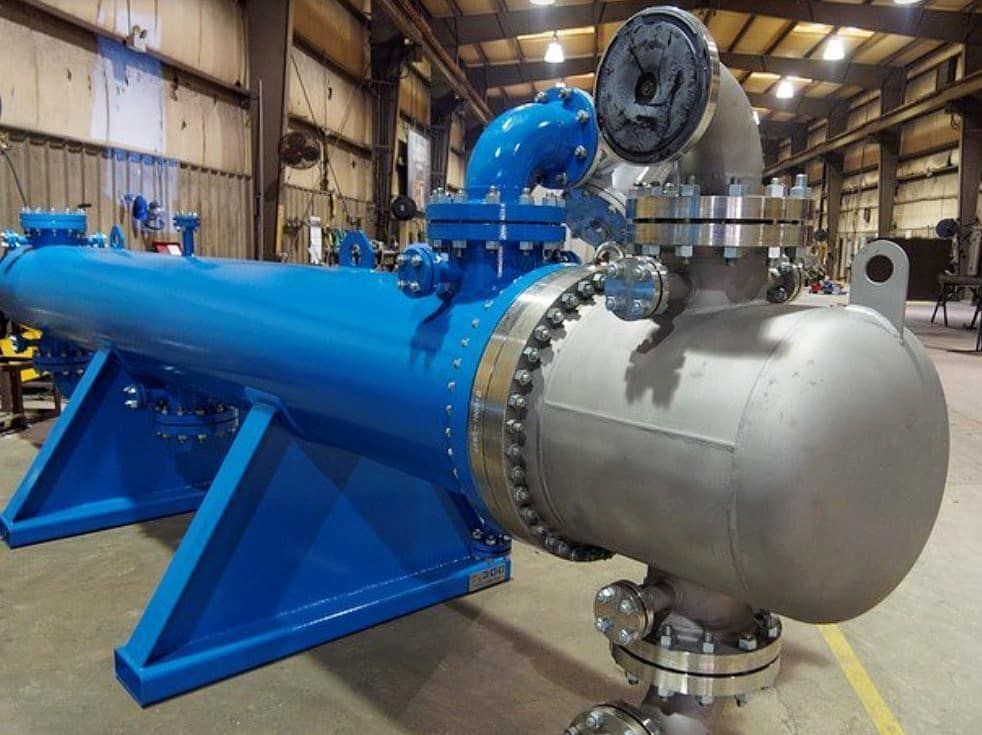In intercoolers, boilers, pre-heaters and condensers inside power plants as well as other engineering processes, heat exchangers are utilized for controlling heat energy. Heat exchangers are devices that regulate efficient heat transfer from one fluid to another. There are two main types of heat exchangers.
The first type of a heat exchanger is called the recuperative type, in which heat are exchanged on either side of a dividing wall by fluids;
The second type is regenerative type, in which hot and cold fluids are in the same space which contain a matrix of materials which work alternately as source for heat flow
The optimum thermal design of a shell and tube heat exchanger involves the consideration of many interacting design parameters which can be summarized as follows:
Process:
1. Process fluid assignments to shell side or tube side.
2. Selection of stream temperature specifications.
3. Setting shell side and tube side pressure drop design limits.
4. Setting shell side and tube side velocity limits.
5. Selection of heat transfer models and fouling coefficients for shell side and tube side.
Mechanical:
1. Selection of heat exchanger TEMA layout and number of passes.
2. Specification of tube parameters – size, layout, pitch and material.
3. Setting upper and lower design limits on tube length.
4. Specification of shell side parameters – materials, baffles cut, baffle spacing and clearances. 5. Setting upper and lower design limits on shell diameter, baffle cut and baffle spacing.
